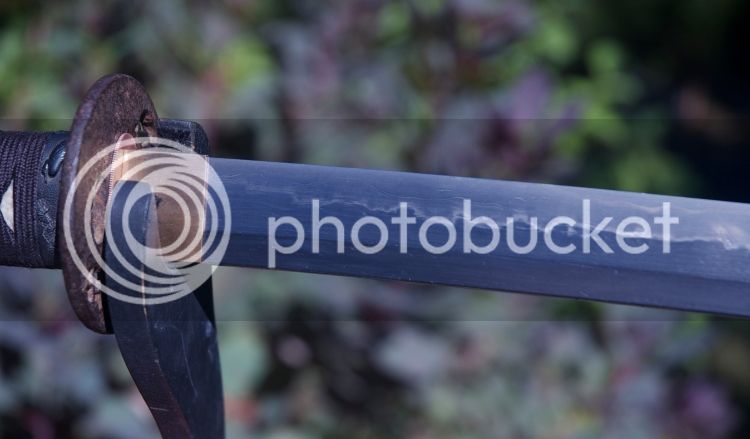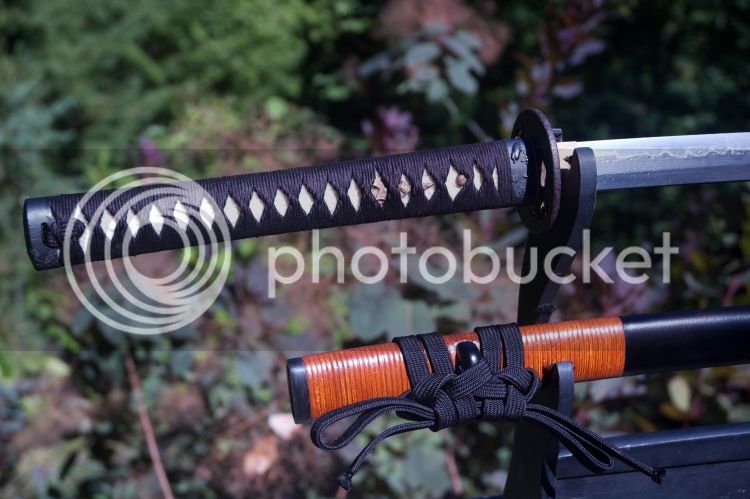MAS4T0
Senior Member
- Joined
- Dec 10, 2013
- Messages
- 932
- Reaction score
- 19
Authentic Katana is only for collection, way too expensive to be used for real!
Not quite.
It is not at all uncommon to use Nihonto as training blades. All swords other than Nihonto are illegal in Japan, so within Japan there is no other option for tamehisigiri, or if you want to train in Iaido with a live blade. The only factor which differentiates and art blade is the level of polish. It is impossible to avoid maring a fine polish through use.
Artistic considerations can adversely affect usability, such as a wide hamon, but this was only common during a small time period.
A properly forged and heat treated Japanese blade will not bend if used properly. There has been a lot of discussion over the last decade regarding L6 blades by a certain American master blacksmith which are heat treated to give a Bainite body. The blades are almost impossible to bend under any semblance on normal usage, but given that traditional blades do such an admirable job, the improved material properties are being used to produce blades with different geometry.
I actually own a 28" hirazukiri (unbeveled) katana by an American master bladesmith which is only about 5mm thick at it's thickest point. It has no issues due to modern metallurgy and the skill of the smith. This geometry is not seen in traditional blades over about 12".
Traditional blade are plenty strong enough, due to the geometry of the blades. Modern metallurgy allows us to make the sword requirement of "lasers".







